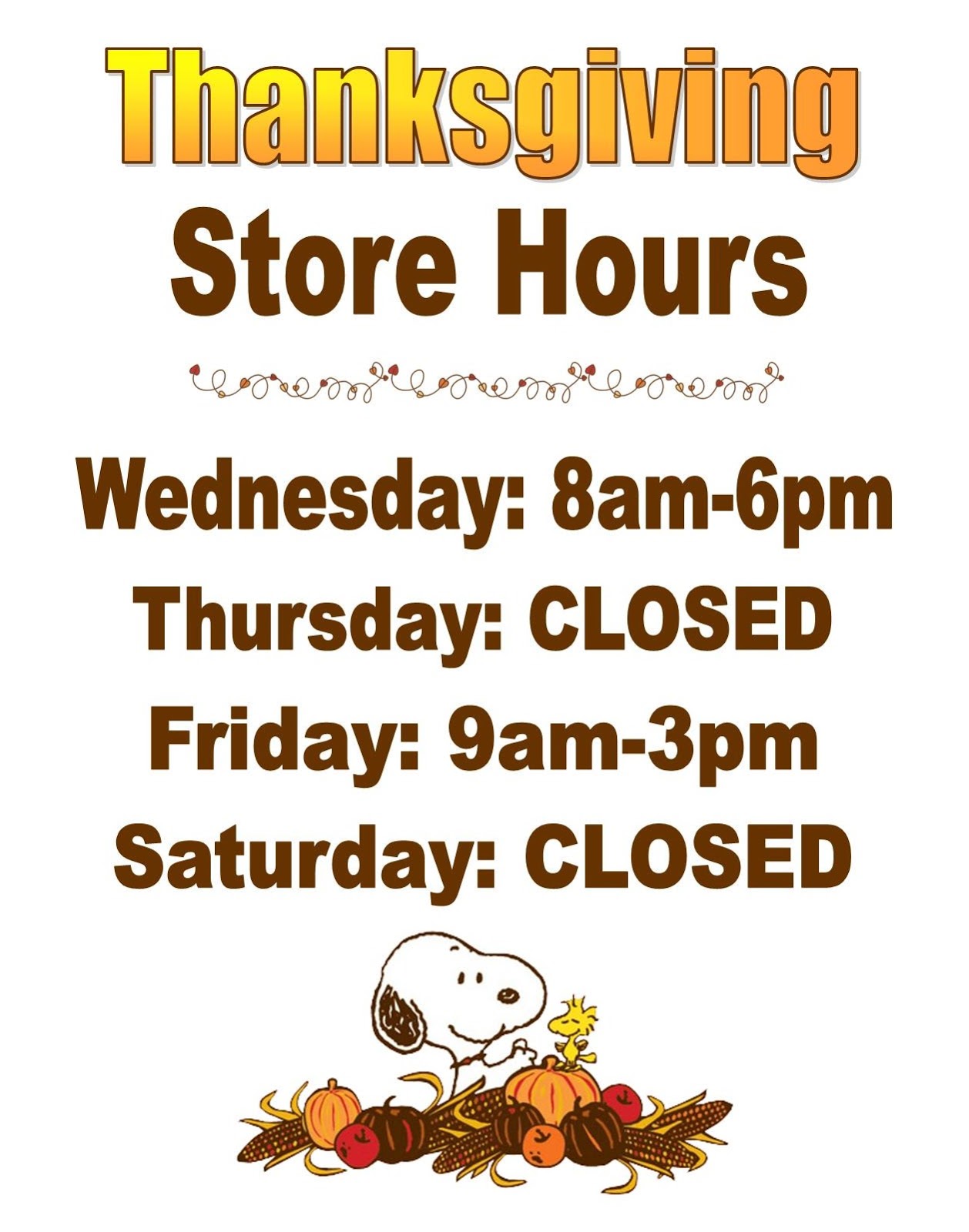
KEY FOODS THANKSGIVING HOURS HOW TO
Don't leave food at room temperature for longer than two hours.įor advice about how to safely prepare turkey and other menu items this Thanksgiving, call the USDA Meat and Poultry Hotline at 1-888-MPHotline (1-88) or chat live with a food safety expert at from 10 a.m. Chill: Chill foods promptly if not consumed immediately after cooking.Turkey should be cooked to 165° F, measured in three places-the thickest part of the breast, the innermost part of the thigh, and the innermost part of the wing. Cook: Confirm foods are cooked to a safe internal temperature using a food thermometer.Separate: Use separate cutting boards, plates, and utensils to avoid cross-contamination between raw meat or poultry and foods that are ready to eat.After cleaning surfaces raw poultry has touched, apply a sanitizer. Wash hands for 20 seconds before and after handling raw meat and poultry. Clean: Clean hands, surfaces, and utensils with soap and warm water before cooking.The USDA recommends these four basic food safety steps: Check the internal temperature of the food in several places with a food thermometer after allowing a resting time," she adds. "You should be reheating your leftovers to an internal temperature of 165° F.

When reheating, retake temperatures just as you did the first time. If you freeze leftover turkey, it'll keep up to four months. (Shallow containers help cool leftovers more quickly than large ones). "Store leftovers in small, shallow containers in the refrigerator only until the Monday after Thanksgiving Day, or in the freezer for later use," recommends Pfaeffle. The correct refrigerator and freezer temperatures are 40° F or below and 0° F or below. Now that you know to refrigerate your turkey and other perishable foods within two hours after serving, check the temperature of your refrigerator and freezer with an appliance thermometer. And that's still valid even if you order food to-go instead of cooking from scratch. While Thanksgiving dinner is the main event, the days (and leftovers) that follow are equally important when it comes to food safety. And if you're cooking a turkey breast instead of a whole turkey, check for 165° F at the thickest part of the breast.

"Even if the turkey has a pop-up temperature indicator, you should still use a food thermometer to check that the bird has reached at least 165° F in those three places," she adds.

She says to check that poultry has reached 165° F in three parts: the breast's thickest part, the wing's innermost part, and the thigh's innermost part. "After your turkey is ready to be baked or fried, you should plan to cook it to a minimum internal temperature of 165° F (as measured with a food thermometer) to destroy any bacteria, which reduces the risk of foodborne illness," says Pfaeffle. Long-term illnesses can occur from bacterial infections, too." "But they're usually associated with nausea, stomach cramps, diarrhea, and vomiting (plus dehydration in many cases). " Symptoms of related foodborne illnesses can vary from person to person," says Sims. Eating raw or undercooked poultry (and meat) can lead to foodborne illness-which can be serious.


 0 kommentar(er)
0 kommentar(er)
